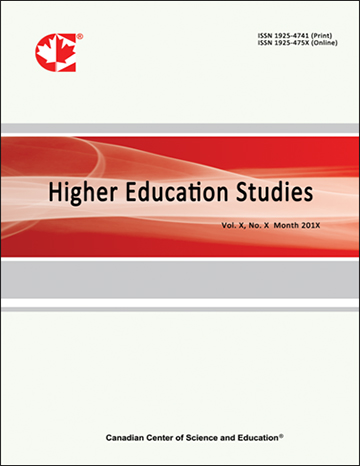Assessing Students’ Approaches and Perceptions to Learning in Physics Experiments Based on Simulations and At-Home Lab Kits
- Alec Sithole
- Edward T. Chiyaka
- Kumbirai Mabwe
Abstract
Our study evaluates students’ approaches to and perceptions of the use of hands-on at-home laboratory kits (HALK) experiments, open-source computer-based simulations (OSCBS), and their combination (OSCBS-HALK) in undergraduate introductory asynchronous online physics courses. Anonymous survey data from students who had completed online physics courses with labs based on simulations, at-home lab kits, or both were collected using a modified version of the Learn Questionnaire (MVLQ). Findings in this study indicate that among the six scales (interest and relevance; peer support; staff enthusiasm and support; teaching for understanding; alignment; and constructive feedback) used to measure students’ perceptions of the teaching and learning environments, interest and relevance, peer support, and teaching for understanding had statistically significant different means across the three lab types. Post-hoc comparisons using the Tukey HSD test for the interest and relevance scale indicated that students viewed using a combination approach of OSCBS and HALK labs (M = 3.98, SD = 0.61) more significantly positive than using computer-simulated labs only (M = 3.56, SD = 0.75). Compared to other labs, computer-simulated labs were perceived to lead to a deep approach to learning. However, they had the lowest interest and relevance, peer support, and alignment ranking among the three lab groups. Thus, developing strategies to improve students’ engagement and ability to translate the simulations into physical processes is recommended for OSCBS.
- Full Text:
 PDF
PDF
- DOI:10.5539/hes.v12n1p96
Index
- AcademicKeys
- CNKI Scholar
- Education Resources Information Center (ERIC)
- Elektronische Zeitschriftenbibliothek (EZB)
- EuroPub Database
- Excellence in Research for Australia (ERA)
- Google Scholar
- InfoBase
- JournalSeek
- Mendeley
- Open Access Journals Search Engine(OAJSE)
- Open policy finder
- Scilit
- Ulrich's
- WorldCat
Contact
- Sherry LinEditorial Assistant
- hes@ccsenet.org
